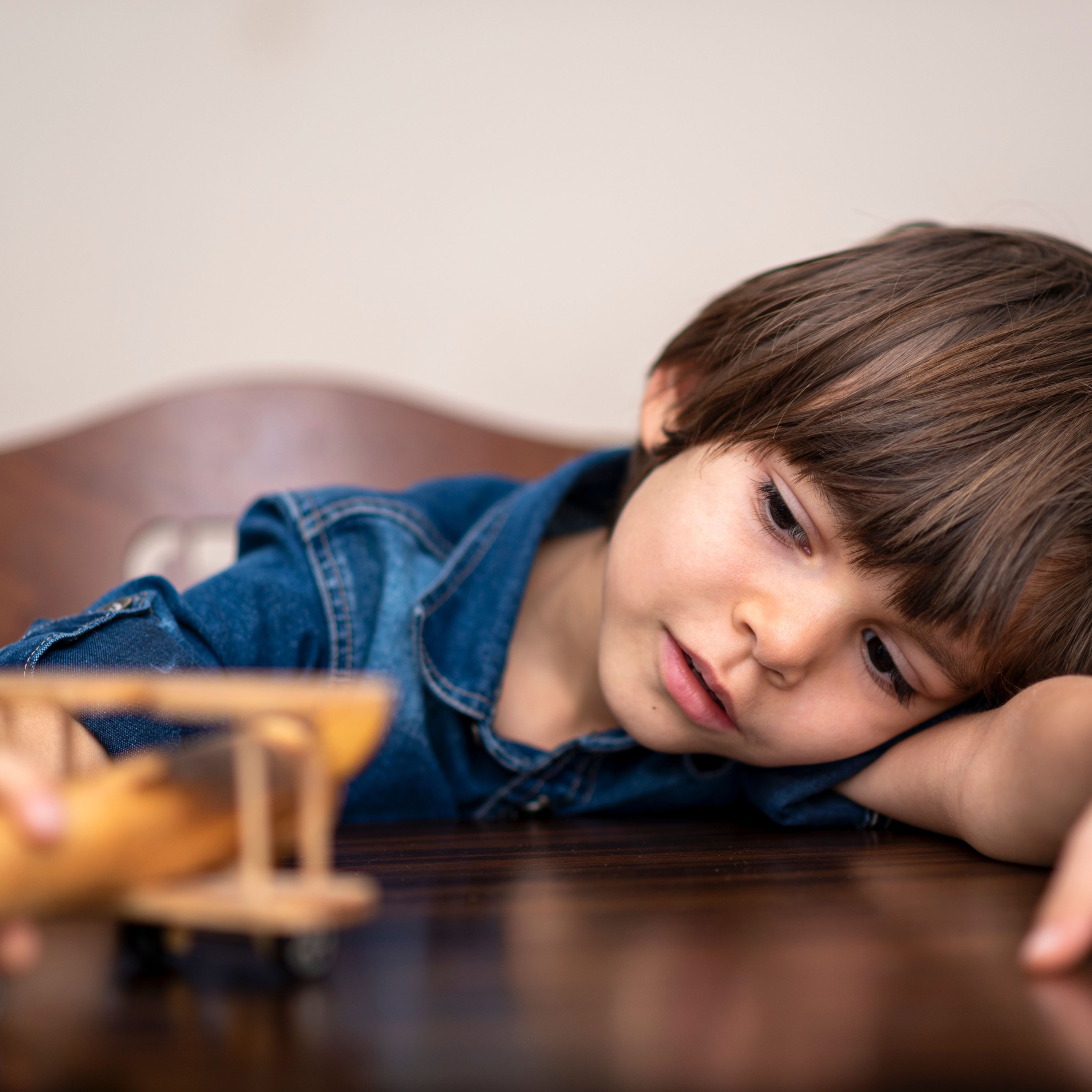
Safe Play: What It Means When a Child Picks the Same Toys Every Time
 2024-05-24
2024-05-24
In this episode, I address a great question from Katie in Florida about what to do when kids seem unsure of what to play with in later play therapy sessions and gravitate toward the same activities each time.
First, I discuss how this pattern could indicate the child is in a state of resistance or avoidance. They may be doing "safe play" to delay diving into deeper issues they don't feel ready to tackle yet. It's important to remember that even if a child isn't playing in the way we expect, it doesn't mean valuable work isn't happening. We have to trust the child-centered play therapy process and the child's own self-actualization.
I share an illustrative story about a child who vacuumed every session, emphasizing the importance of allowing children to do what they need to do and not forcing the process.
Finally, I touch on the topic of toy visibility and accessibility in the playroom. While it's ideal to have toys openly displayed, children will make do with what is available. The most important thing is providing a safe, accepting therapeutic environment.
If you would like to ask me questions directly, check out www.ccptcollective.com, where I host two weekly Zoom calls filled with advanced CCPT case studies and session reviews, as well as member Q&A. You can take advantage of the two-week free trial to see if the CCPT Collective is right for you.
Ask Me Questions: Call (813) 812-5525, or email: brenna@thekidcounselor.com
Brenna's CCPT Hub: https://www.playtherapynow.com
CCPT Collective (online community exclusively for CCPTs): https://ccptcollective.com
Podcast HQ: https://www.playtherapypodcast.com
APT Approved Play Therapy CE courses: https://childcenteredtraining.com
Twitter: @thekidcounselor https://twitter.com/thekidcounselor
Facebook: https://facebook.com/playtherapypodcast
References:
Cochran, N., Nordling, W., & Cochran, J. (2010). Child-Centered Play Therapy (1st ed.). Wiley.
VanFleet, R., Sywulak, A. E., & Sniscak, C. C. (2010). Child-centered play therapy. Guilford Press.
Landreth, G. L. (2002). Play therapy: The art of the relationship (2nd ed.). Brunner-Routledge.
Bratton, S. C., Landreth, G. L., Kellam, T., & Blackard, S. R. (2006). Child parent relationship therapy (CPRT) treatment manual: A 10-session filial therapy model for training parents. Routledge/Taylor & Francis Group.
Benedict, Helen. Themes in Play Therapy. Used with permission to Heartland Play Therapy Institute.
More Episodes
 2022-11-30
2022-11-30
 2022-11-11
2022-11-11
 2022-11-03
2022-11-03
 2022-10-21
2022-10-21
 2022-10-11
2022-10-11
 2022-07-03
2022-07-03
 2022-06-19
2022-06-19
 2022-06-02
2022-06-02
Create your
podcast in
minutes
- Full-featured podcast site
- Unlimited storage and bandwidth
- Comprehensive podcast stats
- Distribute to Apple Podcasts, Spotify, and more
- Make money with your podcast
It is Free
- Privacy Policy
- Cookie Policy
- Terms of Use
- Consent Preferences
- Copyright © 2015-2024 Podbean.com





